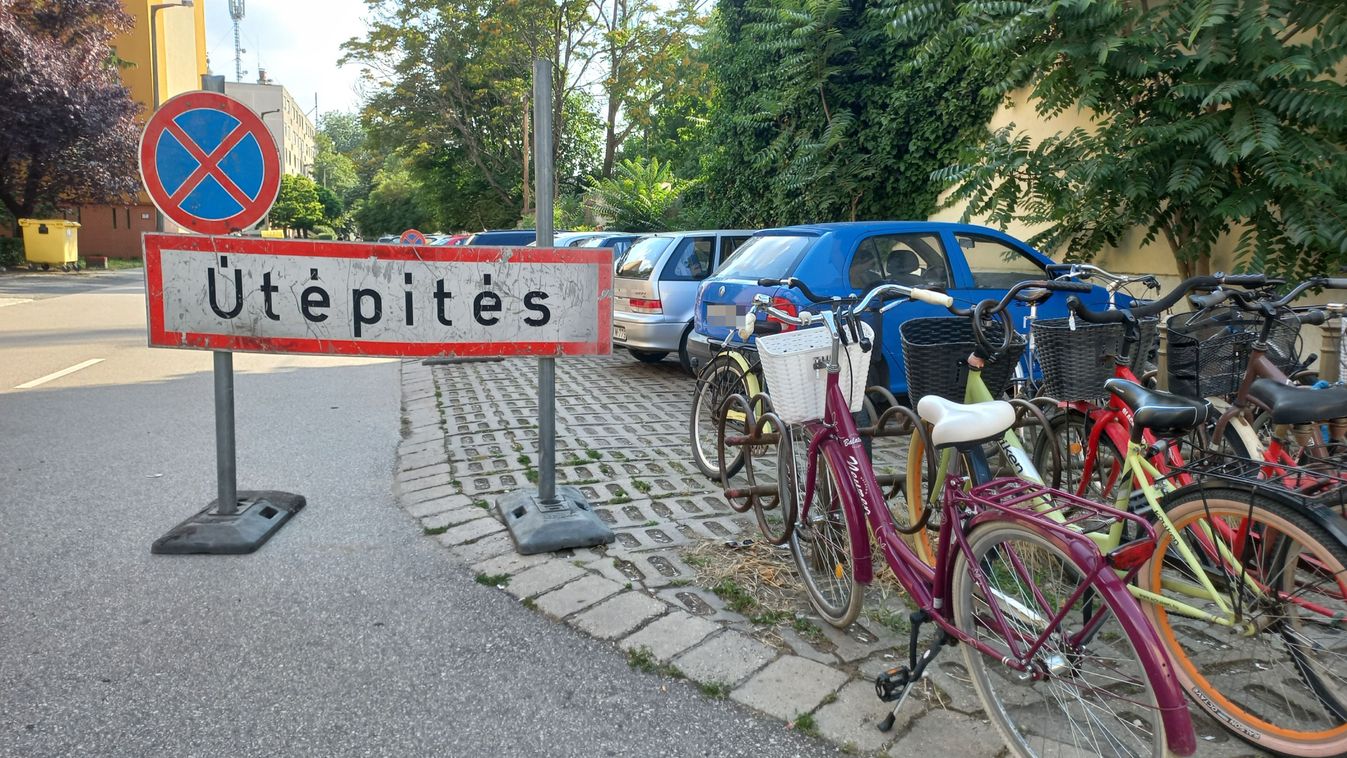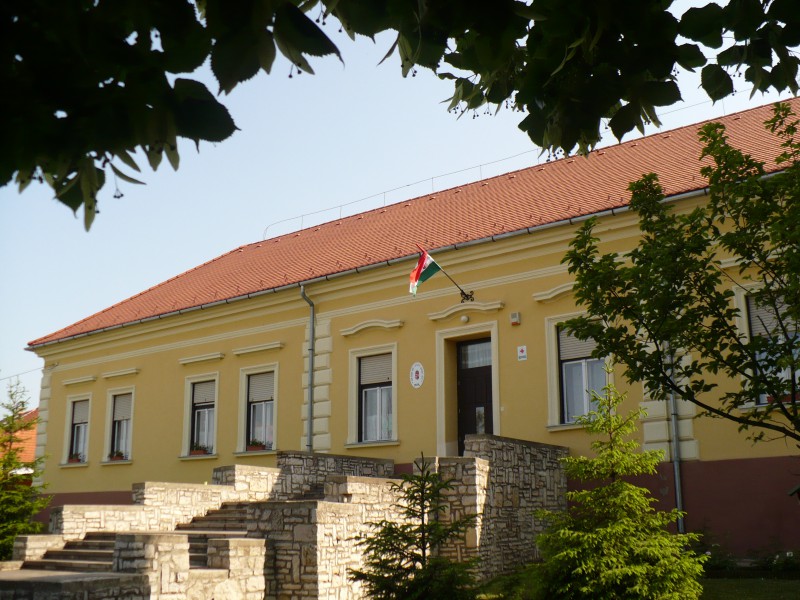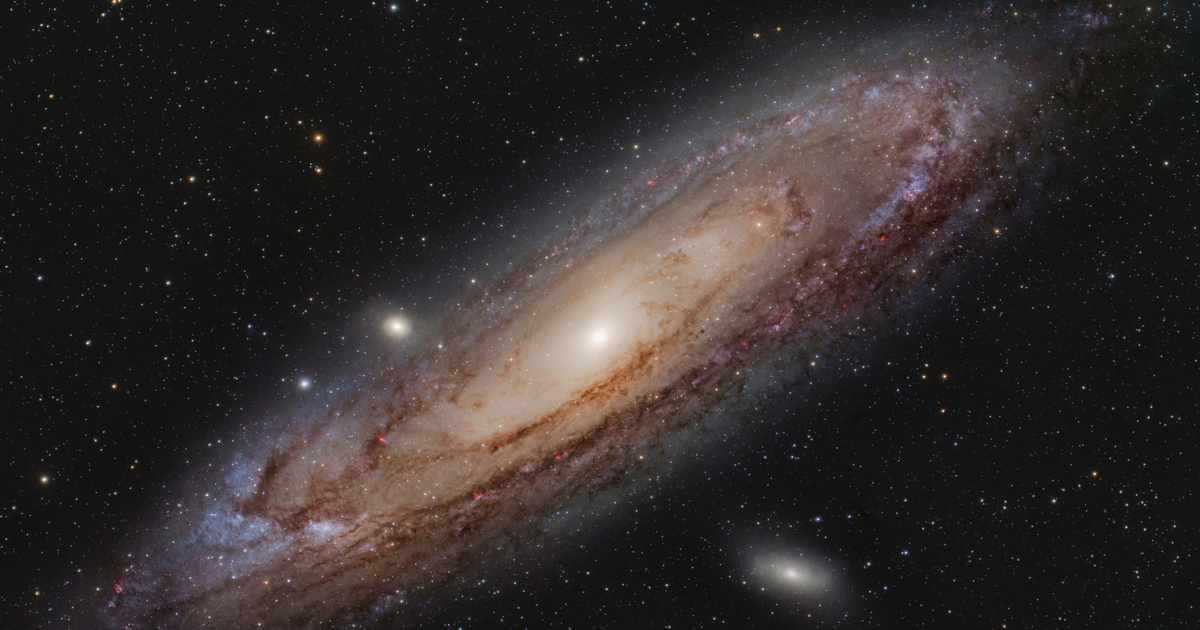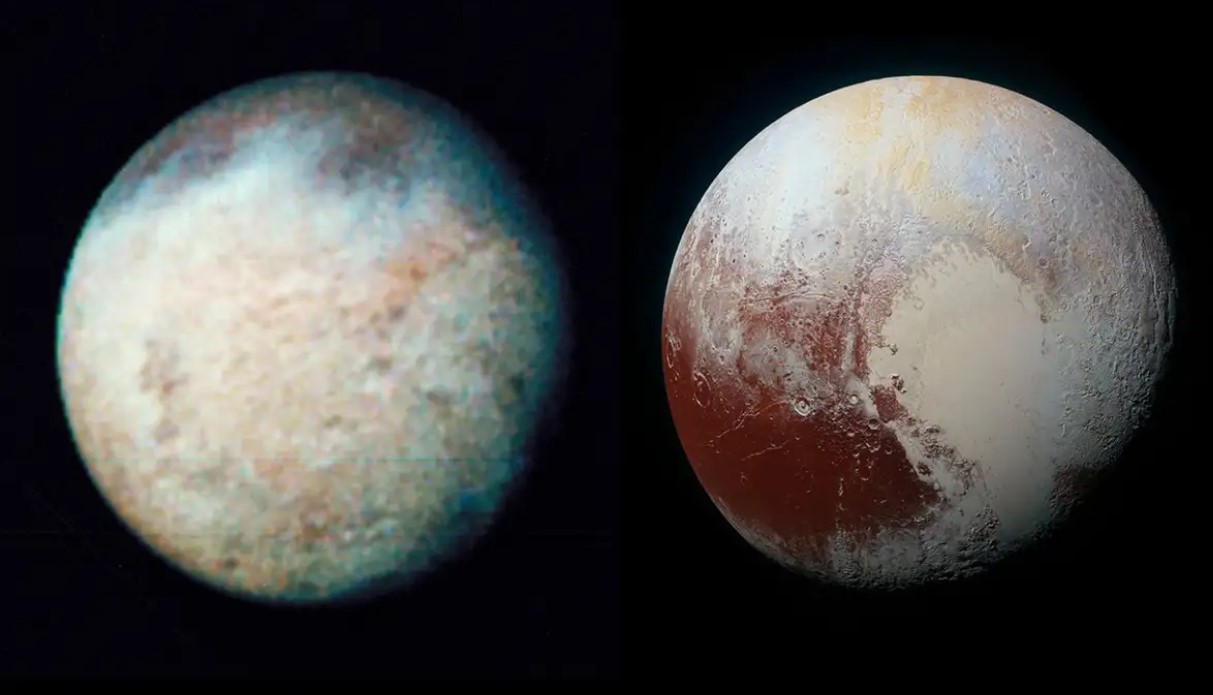There are many strange and wonderful locations in Greek mythology. One of these sites was a group of islands known as the Isles of the Blessed. They are mentioned in many ancient Greek records, but what is in them and do the Blessed Islands really exist?
Isles of the Blessed, like the Greek afterlife
The first mention of the Blessed Islands comes from Homer, who wrote in BC. He wrote about them in the seventh century. the In Odyssey He wrote about a paradisiacal place in the far west, Élüzion in Hungarian (Elysimu in Latin, Elízium in Hungarian) or Elíziumi mezők. However, it was the younger contemporary poet Hesiod who spoke directly about the Isles of the Blessed.
Hesiod explained that these islands represent a kind of afterlife for the heroes of Greek mythology. Cronos, the father of Zeus, ruled over them. It also tells us that these islands were next to the shores of the Ocean, the river that surrounds the world. This resonates with Homer’s observations Greek correspondent.
BC Pindar, writing in the mid-5th century, also mentions the place. However, he seems to refer to it as a single island rather than an archipelago. However, he agrees with Hesiod that Cronos rules there. Interestingly, Rhadamanthus is also seen as Cronos’ right-hand man. This is consistent with Homer’s description of Elysium, which he mentions as the home of Rhadamanthus.
The alleged history of the Blessed Islands
Most sources relating to the islands do not describe their history. However, there is a source that explains this somewhat. This mysterious source is Atlantis It bears the name and was written by Hellanicus of Sabus in British Columbia. But in the fifth century, only a few parts remained.
One of the most important pieces says:
“Poseidon mates with Keleno; From them comes Locus, whose father resides in the Isles of the Blessed and makes him immortal.
The same short story can be found in Apollodorus’ later writings. Accordingly, one of his sons, Locus, was settled on the islands by Poseidon. We receive no information about Lucus’ role there, but he supposedly held a prominent position, and may have been governor. However, including this also seems to be an unnecessary detail.
Like real islands
Although Greek mythology depicted the Isles of the Blessed as the afterlife of heroes, many ancient records also attempted to connect them to the actual islands. For example, Plutarch, the first-century historian, mentions them. Quintus Sertorius wrote about a Roman general who fought in Iberia.
In his account of Sertorius’ career, Plutarch provides detailed information about the Isles of the Blessed. This account presents islands as real, physical places. They were said to be located a few days west of Iberia, in the Atlantic Ocean. According to this version, there were actually two islands. Plutarch places these islands about 2,000 kilometers from the coast of Africa.
Pliny the Elder, a contemporary of Plutarch, also wrote about islands. In natural history He described them as real islands.
If they are real, where are they now?
Over the years there has been a lot of speculation about whether it is real or not. Even in ancient times, they tried to connect them with real archipelagoes. One popular suggestion is, for example, the Canary Islands. These are located in the Atlantic Ocean, far from the coast of Africa.
Likewise, Madeira and its neighbor Porto Santo are located in the same area, even further down the coast. It would fit well with Plutarch’s description of the two islands.
However, neither proposal takes into account the distance presented by Plutarch. Plutarch tells us that they were about 2,000 kilometers from the coast of Africa, which is much further than these islands. This is practically perfect for the Azores. Despite this, there is no clear evidence that the Azores were inhabited in ancient times. For this reason, it is almost unnecessary to conclude that any Greek writer would have known about them.
Worth reading:












































